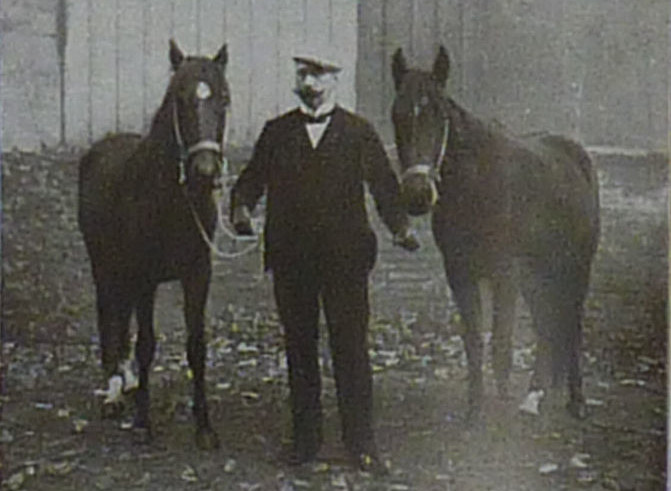
On Aug. 2, 1980, a bomb exploded in the main railway station in Bologna, killing 85 people and wounding 200. The blast broke a large clock on the outside wall of the building. It was repaired and continued to run for 16 years, but the image of the clock with its hands fixed at 10:25 became a symbol of the event, and when it stopped working in 1996 its hands were set permanently to that time to commemorate the tragedy.
In 2009 psychologist Stefania de Vito and her colleagues surveyed 180 people who worked at the station or used the trains regularly. Of 173 who knew that the clock is now stopped, 92 percent said that it had always been broken. 79 percent, including all 21 railway employees surveyed, claimed to have seen it set always to 10:25. Of 56 citizens who regularly took part in the official annual commemoration, only 6 remembered correctly that the clock had been working in the past.
“These data indicate that individual memory distortions shared by a large group of people develop into collective false memories,” de Vito writes. In this case, the clock’s symbolic importance “acted as suggestive information and obscured the real experience of seeing the clock working, either as a misleading cue at retrieval or as catalysis for a semantic representation drawn from weak encoding.”
(Stefania de Vito, Roberto Cubelli, and Sergio Della Sala, “Collective Representations Elicit Widespread Individual False Memories,” Cortex 45:5 [2009], 686-687.)










